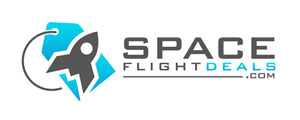Virgin Galactic Space Flights
Virgin Galactic is the British company which is determined to win the race to put paying passengers into space.
It has been done before: the America multi-millionaire Dennis Tito financed his own trip to the International Space Station (ISS) via the Russian Soyuz spacecraft back in 2001. What Virgin Galactic and other rival organisations propose to do is on an entirely different scale. These are purely commercial organisations, not state funded and run organisations. And the proposal is not one-off missions, but regular, timetabled trips for space tourists: much like we already experience with air travel. OK, you’ll need lots of money, but it’s all relative. After all, you already need lots of money to fly First Class, or even Business Class.
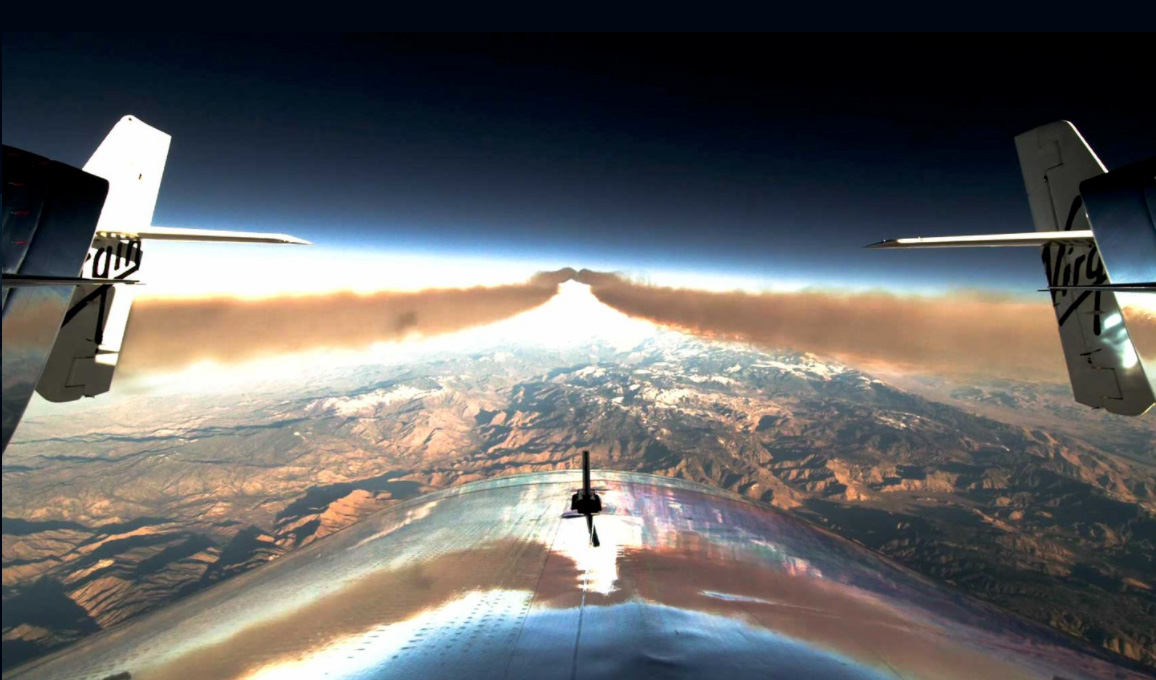
On this side of the Atlantic, Virgin Galactic is by far the most famous of the several companies attempting the feat of becoming the first to launch a commercial passenger carrying flight into space. Many other companies across the world are also working toward the same goal, but in the United Kingdom, Virgin is probably the name which first comes to mind.
Because if there is one thing everyone knows about Virgin Galactic, it is that Richard Branson is the name behind it. No one could ever accuse the iconic British businessman and serial adventurist of being publicity shy, and his space operation is currently the main focus of his media friendly activities. Indeed, it is difficult to understand the background and ethos of this company without referring to the remarkable history of the company’s founder and inspiration.
Sir Richard Branson
It seems a long time ago, but Richard Branson first arrived as an icon of British entrepreneurialism in the 1970s, as the founder of Virgin Records. Mike Oldfield’s instrumental album Tubular Bells, released in 1973, was the innovative and unexpected success on which Branson’s entire career was ultimately founded. His subsequent signing of the Sex Pistols was but the first and most obvious sign of his love of, and knack for finding, notoriety and public acclaim.
Since those inauspicious beginnings, it is difficult to think of an area of business which Branson and his Virgin brand hasn’t been a major part of. Music, radio, air travel, cosmetics, finance, hotels, healthcare… the list seems endless. His rise from hippie subversive maverick to pillar of the business establishment was confirmed by his knighthood, awarded in March 2000. Today, many of the businesses he has founded, despite retaining the Virgin branding, are no longer owned or influenced by him: Virgin radio stations are owned independently of the Virgin Group. Virgin Radio UK for example, is now wholly owned by Rupert Murdoch’s News UK organisation.
Yet his business activities are only one side of Richard Branson’s orbit (no pun intended). His adventurous nature is also reflected in his record breaking trans-Atlantic sailing attempts, round the world hot air ballooning activities and now his proposed submarine exploration of Caribbean sinkholes…
So in many ways, Virgin Galactic represents the perfect combination for Sir Richard, linking his thirst for publicity with his yearning for adventure and his entrepreneurial love for finding profit from new and innovative markets…

A Brief History of Virgin Galactic
The roots of Sir Richard’s space faring ambitions date back to the dying days of the 20th Century. It was then that he first started to dream of a future of everyday space tourism. Few people took the pipedreams of the famous self-publicist seriously, but it is always a mistake to underestimate the ability of this determined tycoon to make the seemingly impossible perfectly plausible.
By September 2004, he was already taking the first steps toward turning his dreams into reality. It was then that his new space tourism company signed a deal with former Microsoft co-founder Paul Allen to licence the technology behind his Spaceship One craft. Allen had personally funded and built a spacecraft designed by aeronautical engineer Burt Rutan, and Branson took this to the next level by proposing to turn the concept into reality.
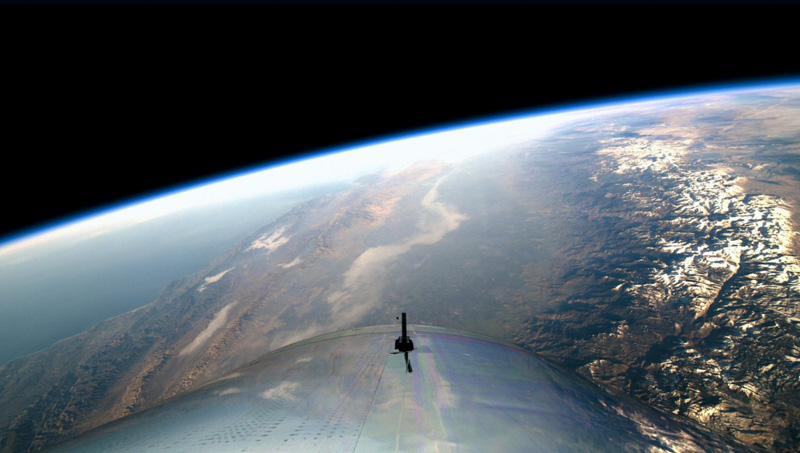
The plan was to market space flights to members of the general public (well, rich ones anyway). The first tickets were optimistically put on immediate sale, with the original tranche being quickly snapped up by keen buyers for $200,000 apiece. The proposed passenger list includes many of the world’s rich and famous, with Brad Pitt, Paris Hilton, Niki Lauda and Tom Hanks among those widely believed to have signed up, alongside Sir Richard himself of course.
The new Virgin Galactic company was incorporated at Companies House in the United Kingdom in May 2006, by which time the company was hard at work developing the new Spaceship Two. Rutan was again the brains behind the re-design.
Whats The Plan?
The innovative plan was to get the proposed new spaceship airborne not by launching it on top of a conventional rocket, but by using a custom built conventional jet engine aircraft, called White Knight Two. Once at a suitable altitude, the spaceship will then separate from its carrier plane and continue into space under its own rocket power.
The space flight itself will be sub orbital. This means that it will not go all the way round the Earth, like a conventional satellite, but will instead be launched into a “parabolic” flight path, a bit like a missile. Once separated from White Knight Two at around 50 km above the Earth, the spacecraft will be sent on this new trajectory. It will use its rocket powered engine to achieve massive acceleration, powering its pilots and passengers almost vertically upwards. The top speed during this phase of the flight is expected to reach as much as 4,000 km/h (2,500 mph). Passengers will therefore experience forces equivalent to more than three times the force of gravity as Space Ship Two achieves a maximum altitude over 100 kilometres (around 62 miles) above the Earth. The engine will then be switched off.
At this distance, the spacecraft’s passengers will become official astronauts, as the accepted boundary of space is officially recognised to be at this point, referred to as the Karman Line.
The acceleration and speed produced by the burst of rocket power means that the spacecraft will continue to climb for a short period, enabling it to reach its proposed peak height of around 110 km (approximately 70 miles). The spacecraft will then free fall back toward the planet, awarding its human payload up to five minutes of weightlessness, floating free from their seats. This brief time can be spent enjoying the spectacular view through the oversized and thankfully reinforced oversized windows.
The spacecraft will then return through the atmosphere, gliding unpowered back to Earth. It will land on a conventional aircraft runway at Space Port America, in the state of New Mexico in the United States. Each spaceflight is designed to carry six passengers, with two pilots, with the total flight time from take-off to landing planned to be less than three hours.
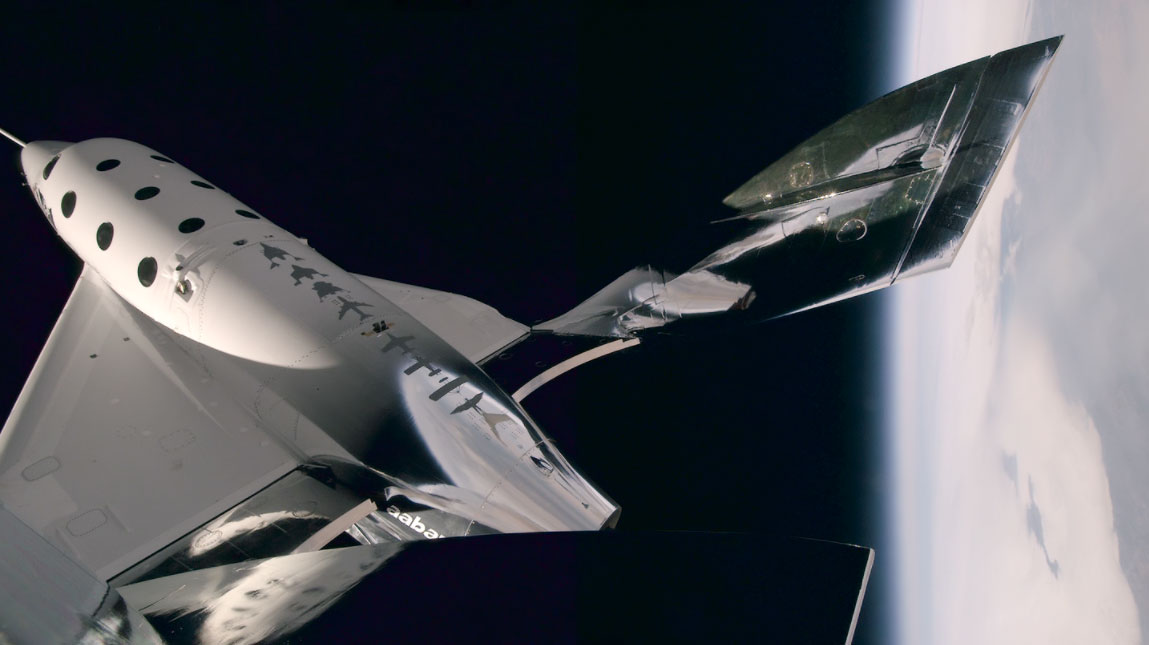
Set Backs During Testing
The original plan was to get the first paying passengers into space very quickly. Sir Richard predicted that he would be flying his first customers by 2007, but the progress toward Virgin Galactic’s first commercial launch has not been smooth. Setbacks have occurred which made Sir Richard’s original optimistic assessment seem more than a little premature.
Development glitches made early progress seem very slow when compared with Branson’s impulsive nature. This must have been very frustrating for the go-getting business mogul, but the dangers and technological challenges of spaceflight were of a different scale to sound recording or even air travel.
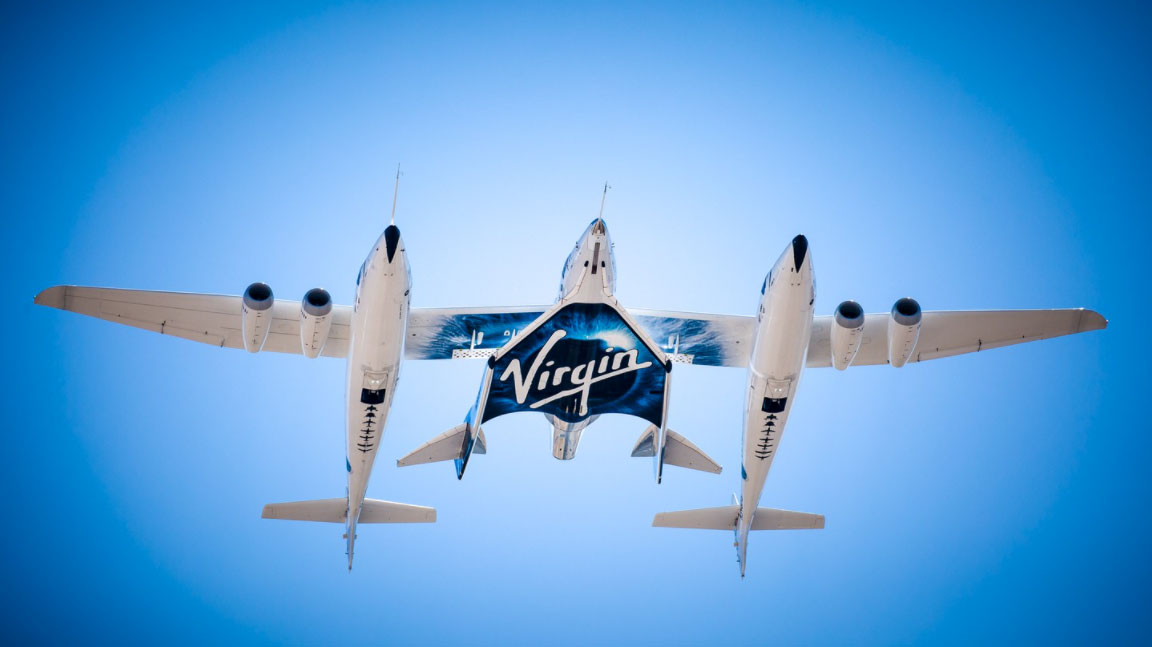
Nevertheless, persistence and lots of constant financial investment resulted in Virgin Galactic achieving its first major goal in April 2013. It was then that the first ever flight test of the new rocket powered Space Ship Two took place. Several further successful test flights were made over the succeeding year, each achieving progressively higher altitudes and greater speeds. Mach 1 (the speed of sound) was reached and broken. This is always a vital milestone on the way to achieving ultimate success for any prototype aircraft or spacecraft, because the shock wave felt when breaking through the “sound barrier” can alter the aerodynamics and flight behaviour of the plane or rocket ship.
Sadly, this smooth progress was interrupted by tragedy. On the next test flight on October 31st 2014, something went terribly wrong. Space Ship Two broke apart when high in the atmosphere. Co-pilot Michael Alsbury was killed, while pilot Peter Siebold was badly injured while parachuting back to the ground from a height of over 50,000 feet.
A subsequent investigation found that the probable cause of the accident was pilot error. The spacecraft is designed with a “feathering” mechanism, which is intended to be deployed during re-entry of the craft into the Earth’s atmosphere after the space flight part of the voyage. This feature places the crafts wings into a more upright position, which is intended to produce more drag. This will enable the craft to slow down gently, reducing g-forces and limiting the heat build-up caused by friction with the Earth’s atmosphere. The Space Shuttle had used heat resistant tiles for this purpose, which also caused catastrophic problems for NASA’s Columbia shuttle in February 2003.
It seems that this mechanism was deployed too soon by Alsbury, when the spacecraft was still moving too fast. This resulted in an excess of vibration which caused the craft to break apart. Virgin Galactic have now taken steps to stop the deployment of the feathering mechanism prematurely by designing a mechanical device to prevent it.
Current Developments and Whats Next for Virgin Galactic?
The long road to that elusive first commercial space flight continues. No doubt the slow pace of progress is frustrating for both Sir Richard and his eager celebrity passengers. Nevertheless, the reliability of the technology and safety of passengers is paramount, and steady progress is being made.
In May 2018, Space Ship Two, renamed VSS Unity, successfully completed a second successful supersonic flight. Its rocket engine was tested to the max as it achieved a top speed of almost twice the speed of sound, and reached a peak altitude of close to 115,000 feet (about 45 km / 30 miles). Only a few months later, in July, a further flight saw VSS Unity reach a top velocity of Mach 2.4, and climb beyond 170,000 feet (over 50 km / 32 miles).
With further steady progress being made and more data and flight experience being achieved with every flight, it really does seem as if the first commercial flight is getting closer to reality at last.
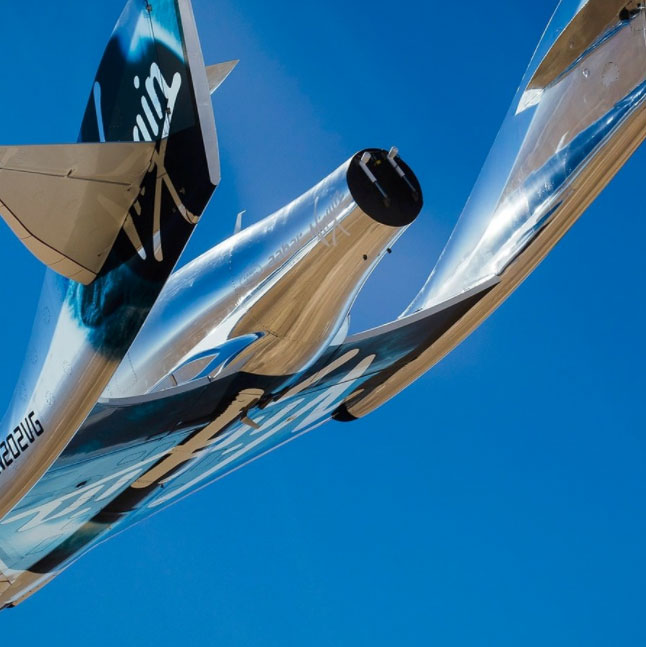
It will be quite a journey for Brad, Tom and Paris and their celebrity pals when they finally do get off the ground. Those first hundred wealthy pioneers paid around $200,000 for their advance tickets. Subsequent passengers can expect to pay a bit less. The current going rate appears to be somewhere between $100,000 and $175,000. Not quite within the reach of a typical air traveller, but a mere $20,000 is required to reserve your place.
It is expected that prices will fall further as flights become more frequent. At least two further spacecraft are under construction, so what seems almost unimaginable today could soon become an everyday event. Remember that a transatlantic flight was a worldwide news phenomenon just a few decades ago, yet today seems utterly unremarkable.
… But then it’s already been quite a journey for Sir Richard, from his first Oxford Street record store, to the formation of his record company and the release of his first Virgin record, to the very edge of outer space with Virgin Galactic. His many enthusiastic passengers should soon be experiencing the ultimate fruits of his efforts.
